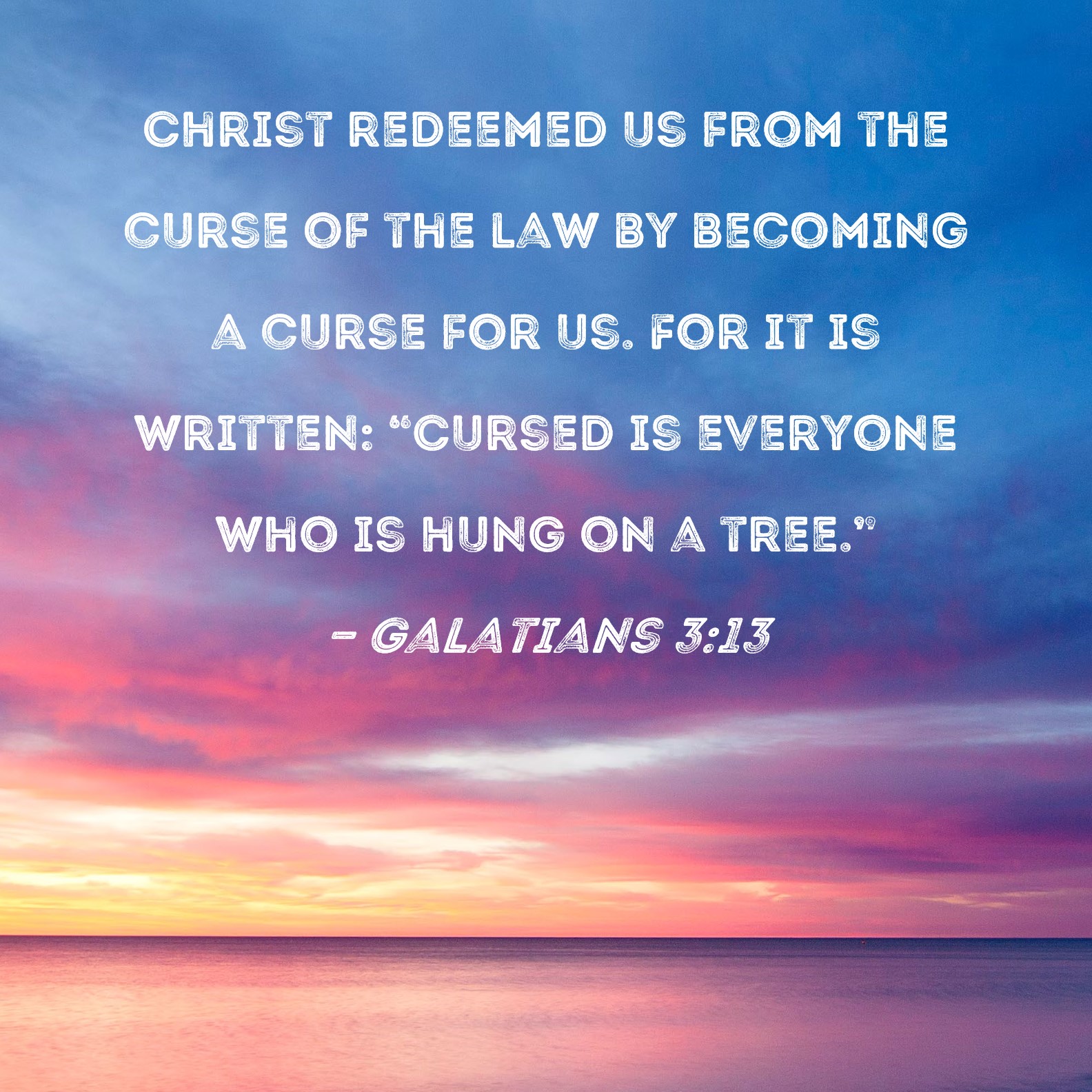Hi Caritas –
... we say that, according to all lexicons available, the words used in the Bible means tree/pole and doesn't describe its shape.
I think that's rather the point – the use of the term is general rather than specific, and to assume it must have been a stake is, lexically, an over-statement. Josephus, in his Antiquities of the Jew, uses the Greek
stauros to describe a gallows, in execution by hanging with a rope.
If people want to believe it was a cross they are free to, it doesn't contradict the Scriptures.
Quite. It probably derives from oral tradition, and the most likely explanation of the means of execution.
The way I see it:
The type of execution depends on time, place and circumstance. a lot were done 'on the go', as it were, like the Assyrian habit of impaling victims outside the walls of besieged towns. In such cases, a 'quick-n-dirty' method would most likely be employed, such as a single stake, or even nailing to a tree.
State executions was a bit more orderly. They served as a reminder of what happens if you break the law, and were intended to be as public and as painful as possible. Crucifixion was the punishment of choice by the Romans, but was considered too cruel for their own citizens. Paul was beheaded, not crucified, as he was a citizen. Peter was crucified, as he was not.
The location of Golgotha is not known. Scripture says it was outside Jerusalem, which is consistent with Jewish law that prohibited executions and burials inside the city. It's also described as a hill, which has the advantage of the condemned being visible over a wider area. It was probably not a new place – there were three executions there that day. The uprights would have been permanent fixtures, rather than having to dig out and fix a pole in the ground every time.
The victims were then paraded through the streets to the place of execution. As added insult, he was required to carry a crossbeam, as both a symbol of his fate, and to increase his suffering. All four gospels record Jesus being paraded through the streets, and the Synoptics tell of how Simon the Cyrene was made to carry the croos – the crossbeam – for fear of Jesus dying on the way to Golgotha.
So the variety of meanings of the word 'stauros', a stake, a pole, a gallows, a cross, leaves the decision open ended, but the degree of incidental detail in the gospel accounts – backed up by what we know of Roman practice – sways the argument for me that it was an upright with a cross-piece.
I personnaly just don't see why non-JWs are obsessded with this subject ...
LOL, we aren't, we never were, we never questioned it! It others who made the fuss, we're just responding!
JWs don't use a cross nor any relic in their worship, because we believe that we must worship God with spirit and truth. Early Christians did not wear or use a cross for worship either.
Well we worship in spirit and truth, the use of symbols doesn't preclude that – in fact it can assist.

